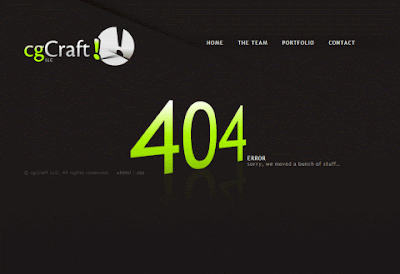Apple has filed an updated application to the US Patent & Trademark office for a product activation similar to Microsoft Windows Genuine Advantage.
Apple Readies Anti-Piracy Patent
Apple Inc has filed an application with the U.S. Patent & Trademark Office for a product activation and anti-piracy technology that would give it the same kind of control over its software, similar to what the often criticized Windows Genuine Advantage from Microsoft provides.
The patent application 20070288886, titled "Run-Time Code Injection To Perform Checks" and dated Dec. 13, spells out a "digital rights management system" that would "restrict execution of that application to specific hardware platforms."
In the application, Apple noted the ease with which digital information can be copied and the just-as-easy way users could break promises not to illegally distribute copies of that data. It also admitted that, in the end, copy-protection schemes such as dongles or encrypting software wouldn't stop pirates on a mission. "There is very little, however, that these approaches can do to thwart a determined user," the patent filing stated.
"Thus, it would be beneficial to provide a mechanism to restrict the execution of one or more applications to a specific hardware platform that is transparent to the user."
Apple currently does not have any copy protection over its Mac OS X operating system, or provides a check to tie a specific copy of the OS to a given notebook or desktop Mac.
The patent relies on a scheme where a cryptographic key generated before the actual hardware reaches the user. When an application opens, the system would insert a code into the execution code stream, generate data that's sent to a digital rights management module, then compare that signed data with the key. If they match, the application continues to open. If not, it's stopped in its tracks.Such checks could be done on a very frequent basis, said Apple's patent application.
"In general, the selected time period should be small enough to prevent significant use of an unauthorized application or system, yet long enough so as not to degrade system performance," the filing read. Apple used an example of a check every five to ten minutes, which is much more often than Microsoft's Windows Genuine Advantage (WGA) technology. In June 2006, Microsoft took heat, then modified WGA, after users found out it was "phoning home" to the company's servers daily.
Patent application 20070288886 isn't new, the December filing noted, but rather builds on other applications, including one first filed in mid-2005 but not publicly posted until early January 2007.



























